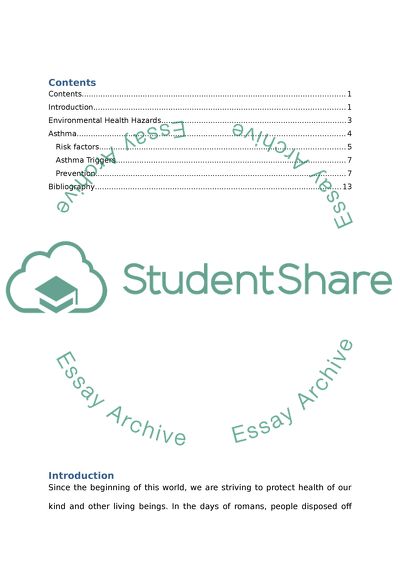Cite this document
(“CORE COMPETENCIES PAPER Dissertation Example | Topics and Well Written Essays - 2500 words”, n.d.)
Retrieved de https://studentshare.org/environmental-studies/1391583-core-competencies-paper
Retrieved de https://studentshare.org/environmental-studies/1391583-core-competencies-paper
(CORE COMPETENCIES PAPER Dissertation Example | Topics and Well Written Essays - 2500 Words)
https://studentshare.org/environmental-studies/1391583-core-competencies-paper.
https://studentshare.org/environmental-studies/1391583-core-competencies-paper.
“CORE COMPETENCIES PAPER Dissertation Example | Topics and Well Written Essays - 2500 Words”, n.d. https://studentshare.org/environmental-studies/1391583-core-competencies-paper.


